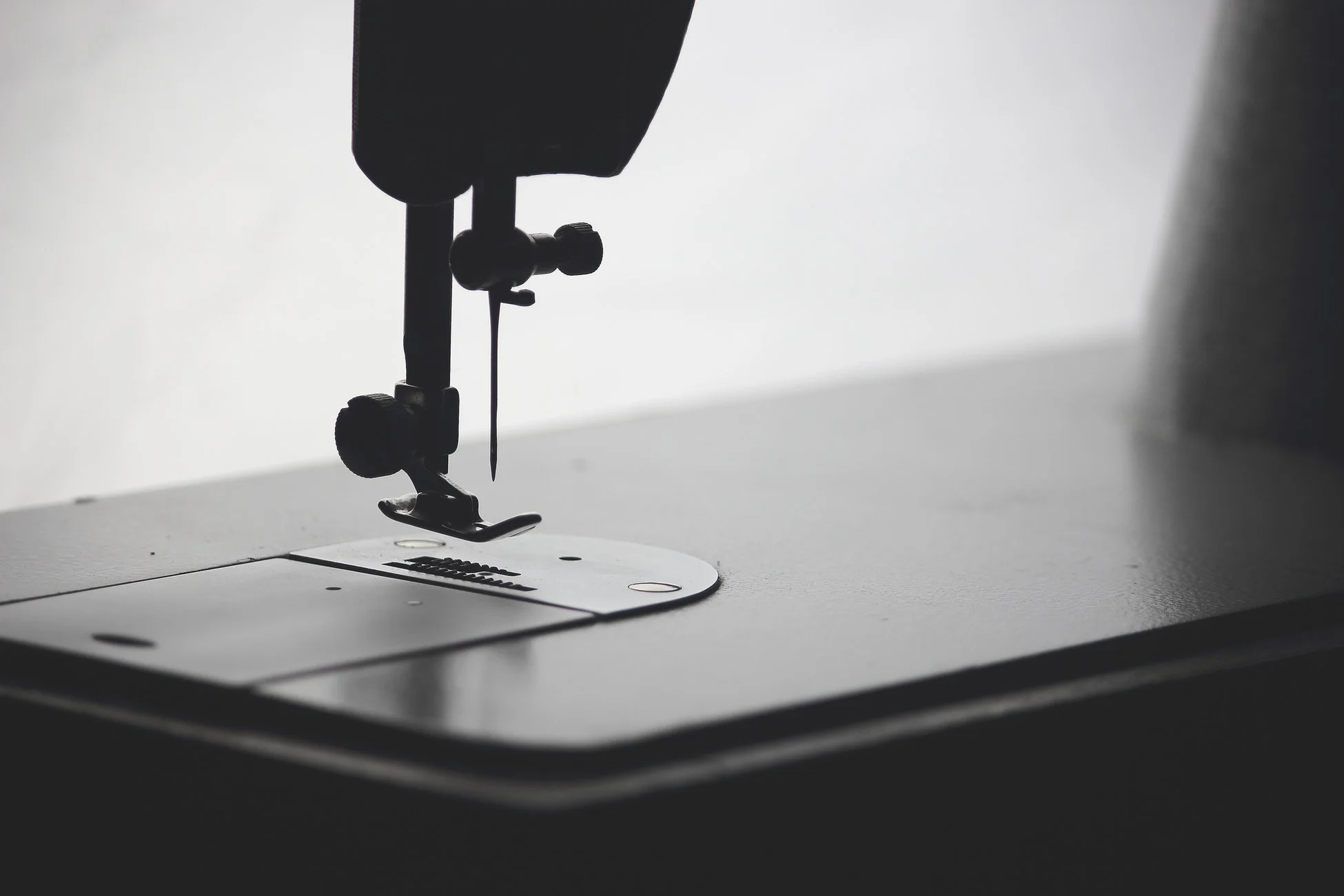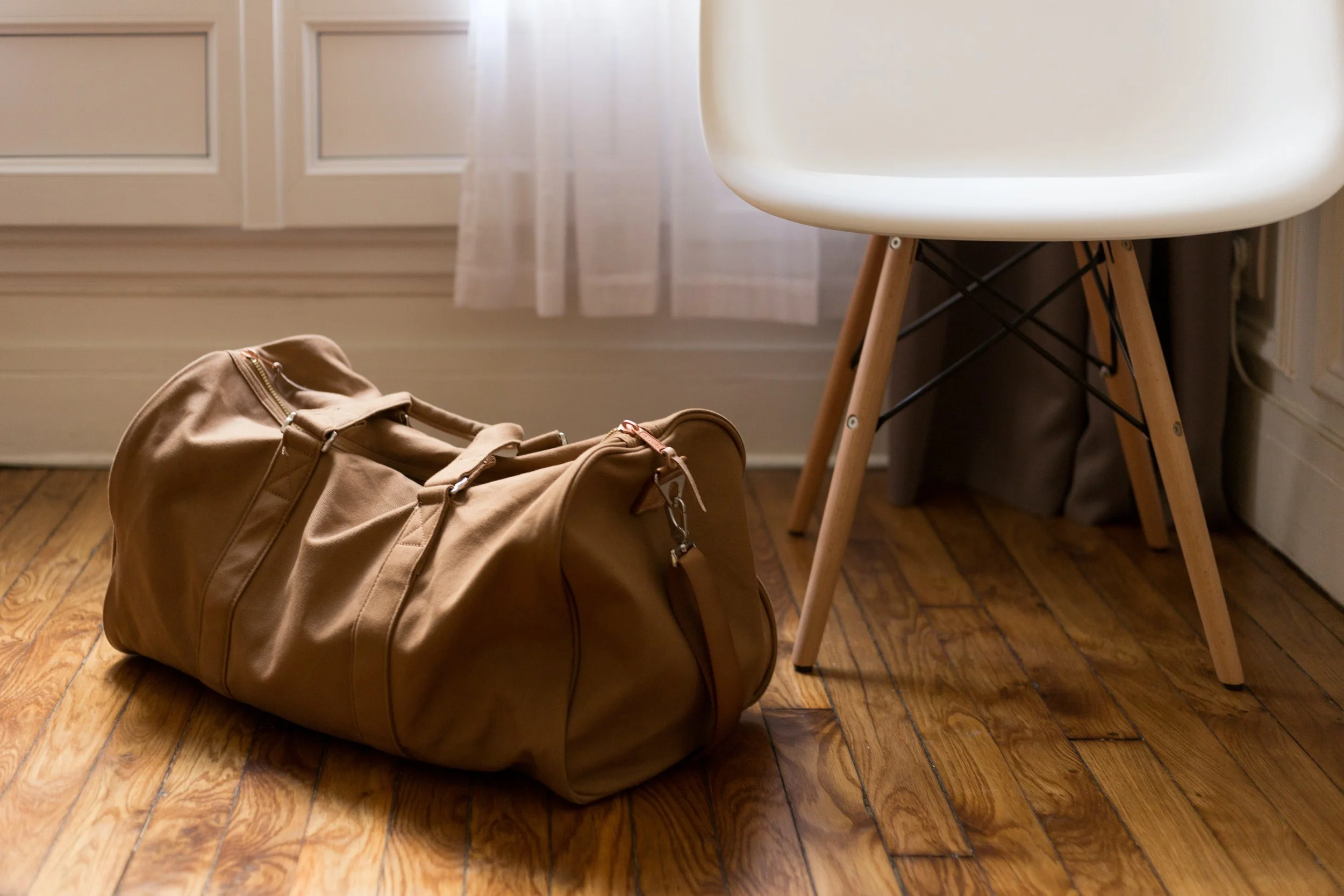In the world of contract sewing, it’s not abnormal to occasionally talk about feet, at least when you’re referring to a presser foot on a sewing machine
Many do-it-yourself home sewing guides, however, have put a lopsided emphasize on the importance of finding just the right foot for the job, putting the selection of the right foot on (ahem) a pedestal.
And yes, while there are hundreds of feet out there, all with their own nuances and specialties, we’ve got a secret the home sewing industry probably doesn’t want you to know: You can get most your work done with the run of the mill Standard Sewing Foot.
As its name suggests, this classic foot is the most common and versatile. It’s usually the OEM on any sewing machine you might purchase, allowing for the easiest range of control with the widest range of fabrics and threads.
As an industrial sewing company with a huge 77,000 square foot manufacturing floor, we find it more useful to select the right machine for the job than obsessing over the right foot. For light and midweight materials, we go to a needle foot machine that pulls the material through in a circular motion and for more heavy materials we go to a walking foot machine that has more torque. When it comes to making a product with an industrial contract sewing company like CustomFab USA, the difference in manufacturing here or at home is like a guitarist cutting a record in his garage or in a state of the art professional studio that has the right tools for the job.
Until next month, stay darn well!
The Foot vs. Machine
JOURNAL ARCHIVE
- Announcements
- Contract Sewing History
- Cut and Sew Technology
- Environmental Impact
- Hardware
- Industry Tips
- Made in the USA
- Manufacturing Interview
- Manufacturing Partnership
- Medical
- Military Gear
- Patriotic
- Sewing Contractor Trends
- Sewing News
- Skilled Sewing Workforce
- Sporting Goods
- White Label Benefits
- contract sewing tips











